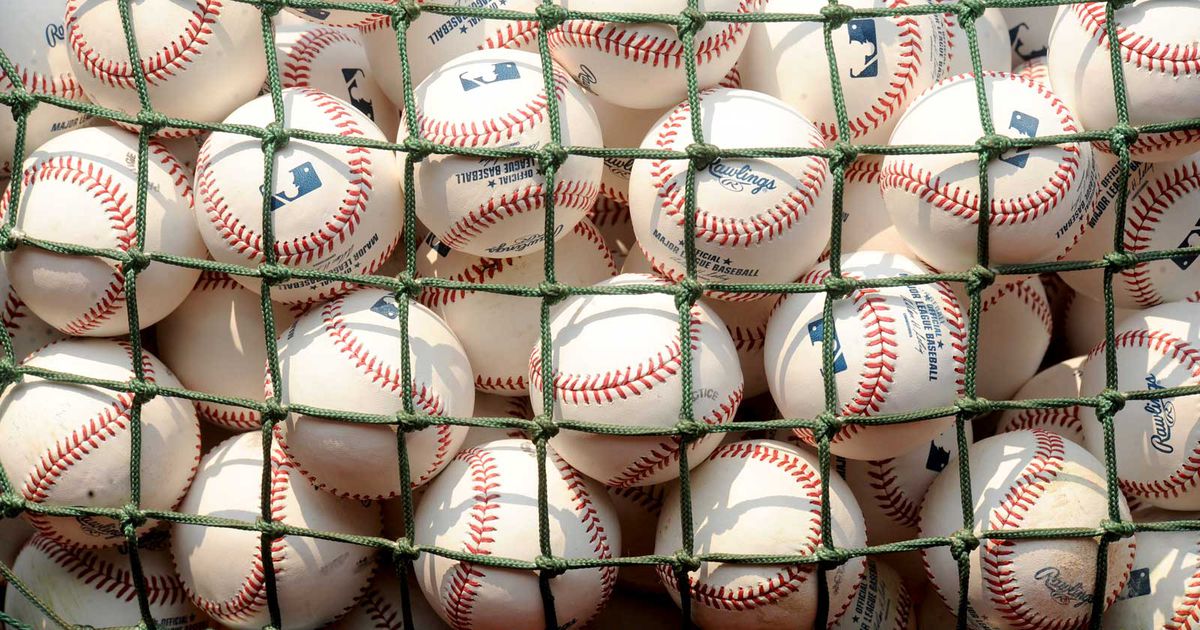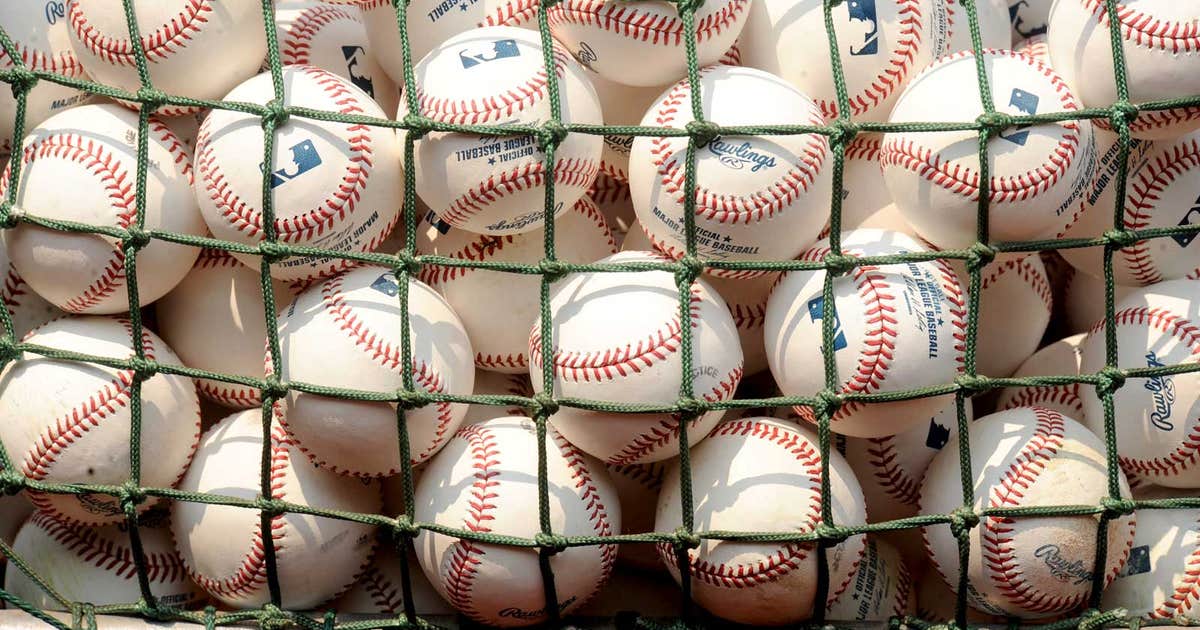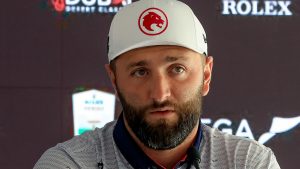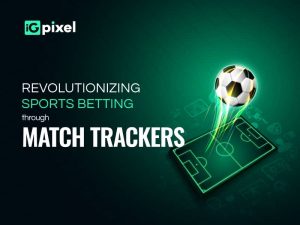MLB remains conscious of public resources when conducting weekly tests


PHOENIX — Major League Baseball’s COVID-19 testing sweep appears to be having some success even as large swaths of the United States continue to struggle with containing the fast-spreading virus.
MLB and the players’ union released statistics on Friday saying six of 10,548 samples were new positives in the week ending Thursday, a rate of 0.05%. In addition to five players, one staff member tested positive.
That’s fairly good news for a sport that’s trying to begin its abbreviated 60-game schedule next week. But players and coaches are also aware that the optics of baseball’s relative testing success — especially in hard-hit states like Arizona, California, Texas and Florida — might not be ideal considering demand for tests has sometimes been higher than the supply for the average person.
“If they’ve deemed that players being tested is necessary to provide jobs, opportunity, entertainment, TV, all that’s going on — if they think that’s really valuable — then they’ve weighed it’s important for us to be tested this often for the season to happen,” Marlins pitcher Adam Conley said. “But it makes me sad if someone is desiring or needing to be tested and doesn’t have the means to get that. It’s heartbreaking.”
MLB is trying to ensure its nearly 10,000 weekly tests don’t strain public resources by using private facilities. The avalanche of tests has allowed the sport to keep on top of potential outbreaks.
On Friday, Pittsburgh Pirates outfielder Gregory Polanco and free agent outfielder Yaisel Puig both tested positive for COVID-19 while New York Yankees infielder DJ LeMahieu and Atlanta Braves first baseman Freddie Freeman both returned to the field after missing time with the virus.
Dr. Amesh Adalja, senior scholar at the Johns Hopkins Center for Health Security, said it was possible baseball’s rigorous testing could create conflicts over resources in test-strapped regions, but he also thinks MLB’s investment might spur much-needed innovation and boost production in testing.
“The solution here is really to make sure that we expand testing,” Adalja told The Associated Press. “And maybe because MLB will be putting resources into trying to buy all these tests, that might actually be a way to expand capacity. I don’t know if that’s going to happen or not, but we want to be in a place where testing can be done as quickly and as easily as possible for all purposes.”
MLB’s approach to its return has been different than the NBA and NHL, which both opted for a bubble-like atmosphere in hub cities. The NBA has 22 teams in Orlando, Florida, while the NHL’s teams will play in either Toronto and Edmonton.
Baseball’s 30 teams are all planning to play in their home markets, meaning there will be much more travel for all involved. Teams have spent the past few weeks in one place but will start traveling for exhibition games soon. Testing results will be watched closely as players and coaches disperse around the country, travel on buses and planes, and stay in hotels.
The Arizona Diamondbacks leave on Sunday for two exhibition games in Los Angeles against the Dodgers.
“This first trip to LA is going to be new for everyone,” Diamondbacks closer Archie Bradley said. “From the check-ins to the hotels to the way we travel, eat and prepare. So I think the first two days of travel are going to be a very big orientation of what the season’s going to look like and how we’re going to handle not going out to eat, not going to the mall, not going out to restaurants after games.”






